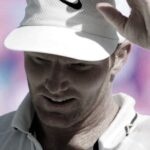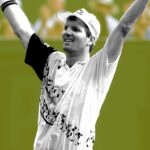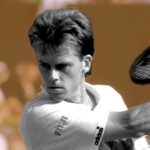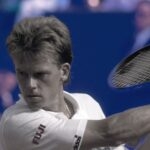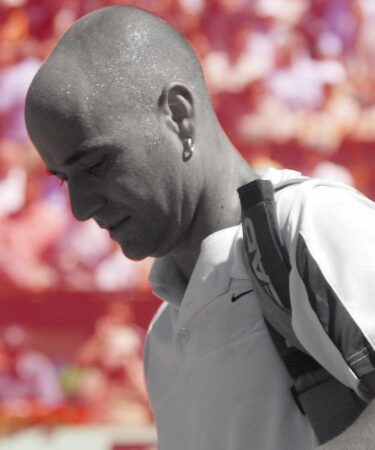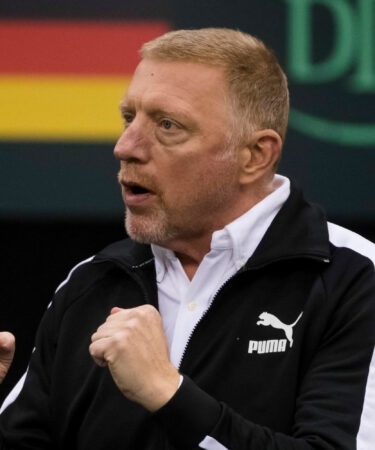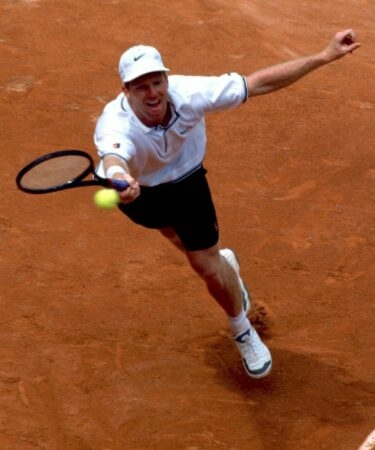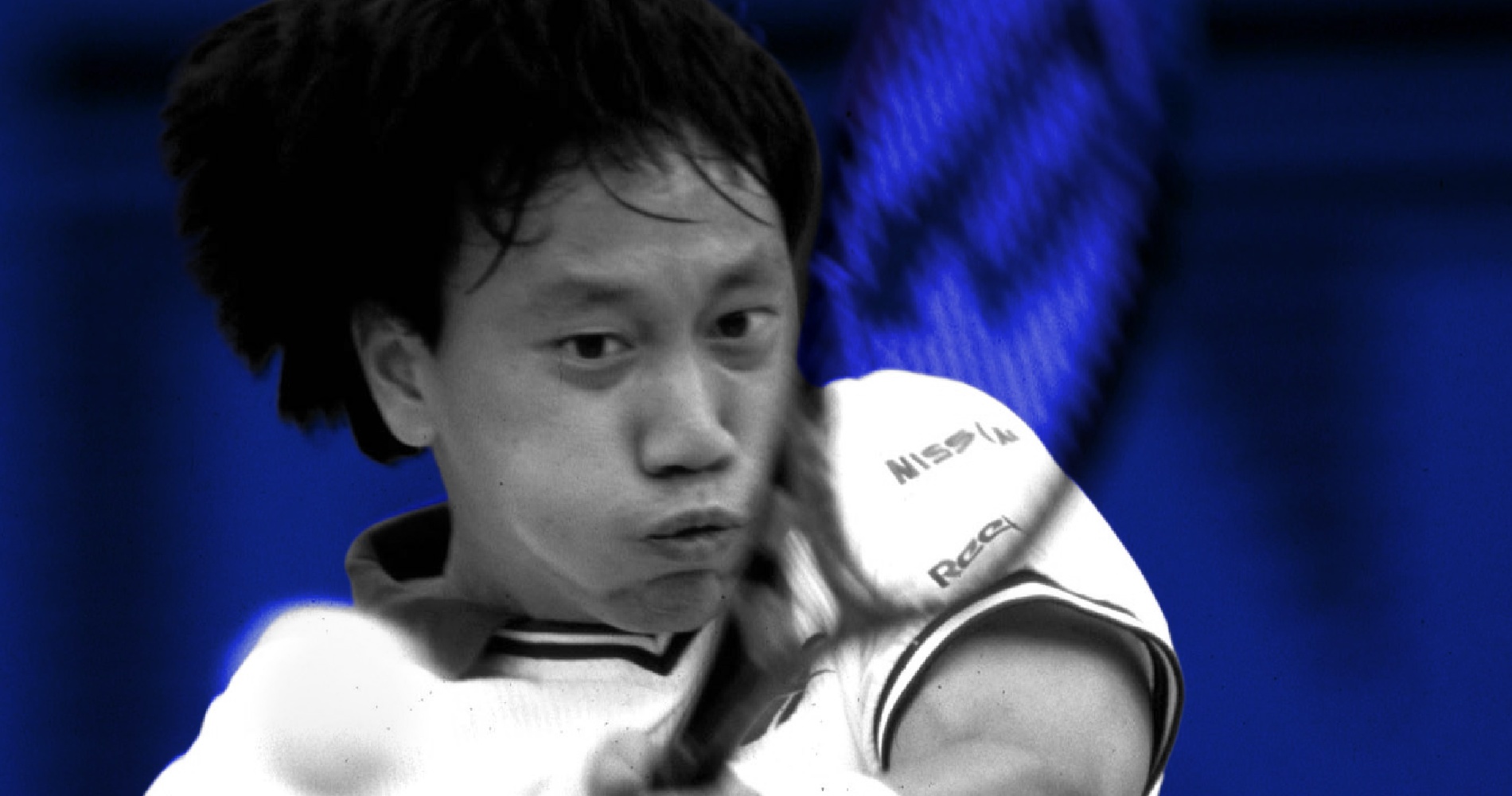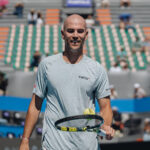January 31, 1993: The day Courier beat Edberg to win his second consecutive Australian Open
On this day in January 31, 1993, Jim Courier defeated Stefan Edberg to win his fourth and what would be his final Grand Slam singles title
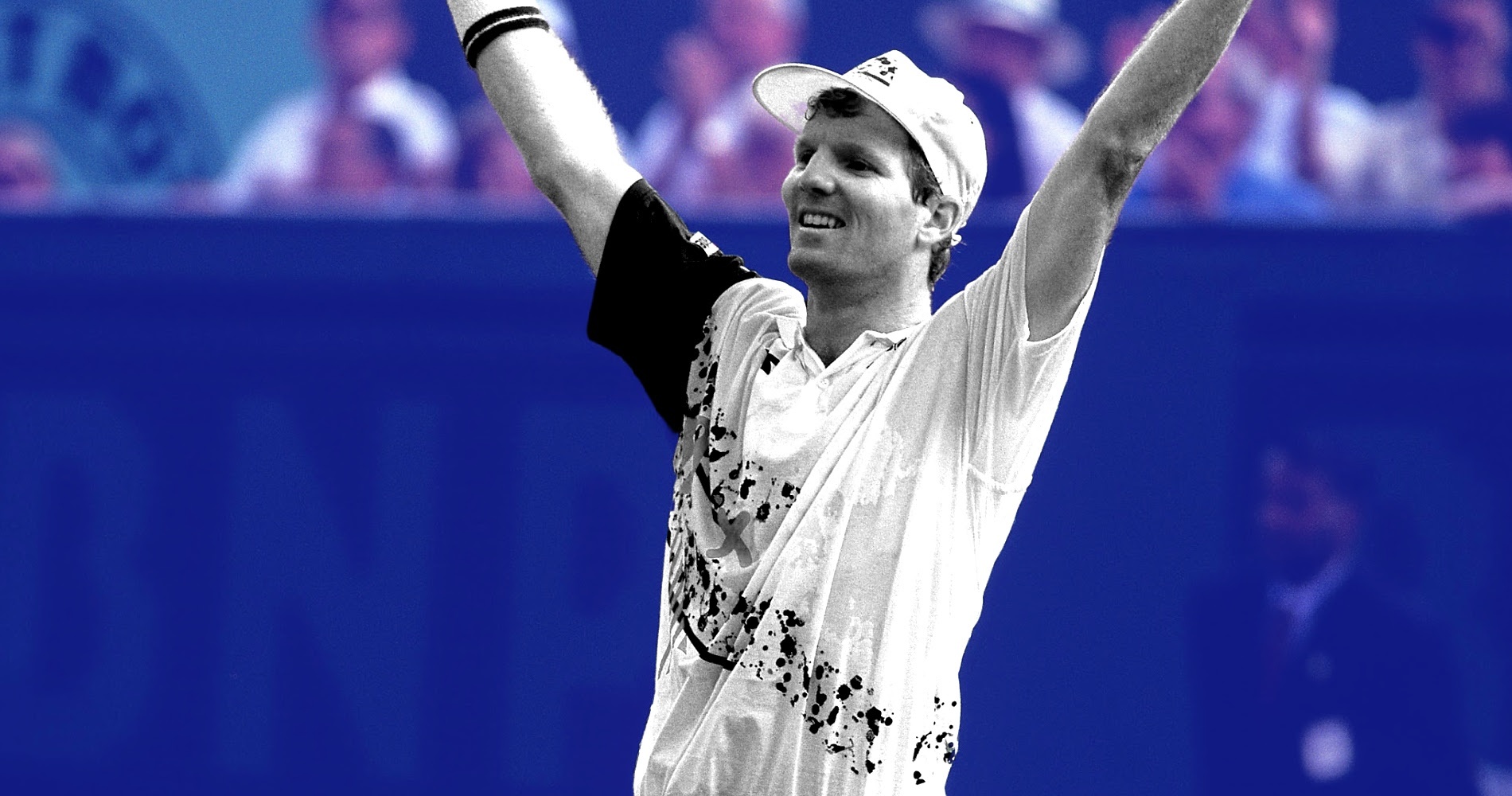 On this day 31.01.2021
On this day 31.01.2021
What happened and why it is memorable?
On January 31, 1993, Jim Courier defeated Stefan Edberg in the Australian Open final for the second consecutive year (6-2, 6-1, 2-6, 7-5). Aged 22, the American was at the peak of his domination, having claimed four Grand Slam titles in less than two years, since the 1991 French Open. It was the last major title that Courier won, and it was the last Grand Slam final ever played by Edberg, who would retire three years later.
The players involved: Jim Courier and Stefan Edberg
- Jim Courier: the defending champion from the United States
Born in 1970, Jim Courier was one of many players who trained at the Nick Bollettieri tennis academy in the 1980s. He developed quite an unconventional game, using western grips and short backswings often compared with baseball motions, which matched his trademark cap. His big serve and his inside-out forehand were his favourite shots, and he was famous for his work ethics, commitment and fitness.
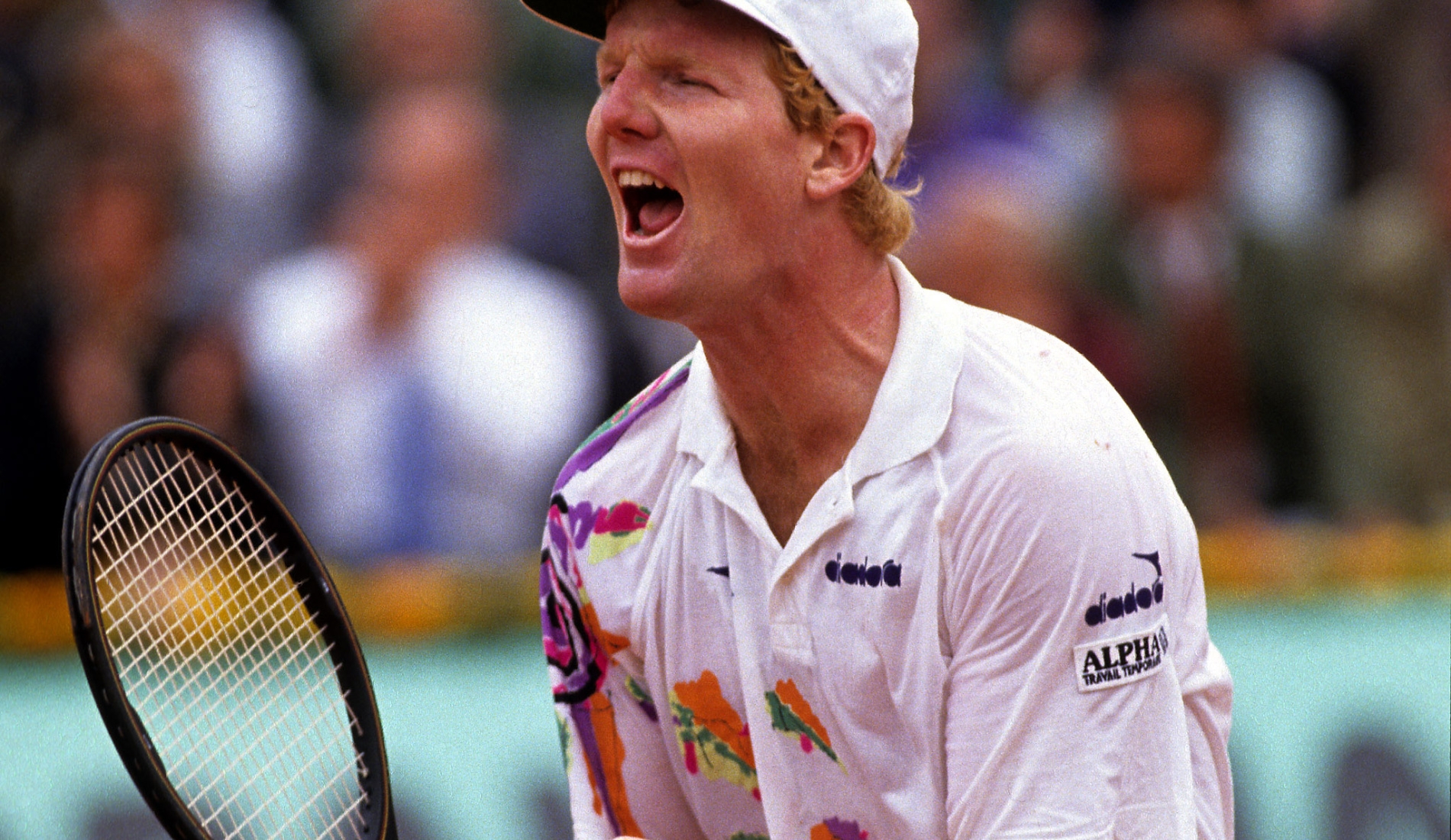
Courier was the last of the American Big Four that made a big impression on the men‘s tour: Andre Agassi had been the first to reach a Grand Slam semi-final, at the French Open in 1988; Michael Chang had been the first to win a Grand Slam title at Roland-Garros in 1989, and soon he was joined by Pete Sampras, who won the US Open in 1990. Although Courier was the least expected to take the lead amongst these rising stars, he made his Grand Slam breakthrough in 1991, claiming the French Open crown, defeating Agassi (3-6, 6-4, 2-6, 6-1, 6-4). This was the start of his domination. After a heavy loss against Stefan Edberg in the 1991 US Open final (6-2, 6-4, 6-0), he took his revenge against the Swede by defeating him in the 1992 Australian Open (6-3, 3-6, 6-4, 6-2) and knocking him down from world No 1 spot in February. A few months later, he confirmed his domination on the tour by successfully defending his Roland-Garros crown (beating Petr Korda in the final, 7-5, 6-2, 6-1), and, even though his second part of the season was not great, he finished 1992 on top of the ATP rankings.
- Stefan Edberg: the six-time Grand Slam champion from Sweden
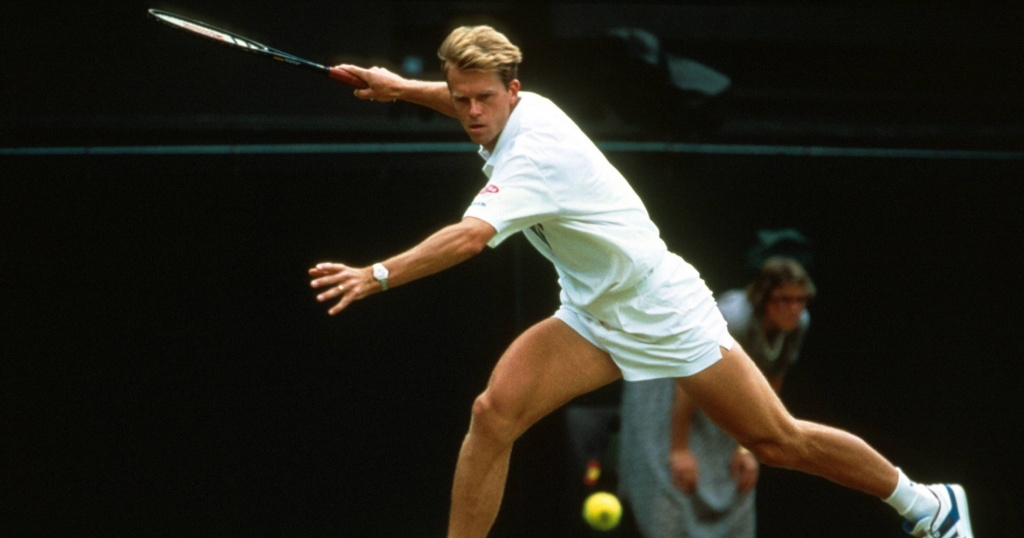
Stefan Edberg, of Sweden, was born in 1966. He was very successful on the junior circuit (he achieved the junior Grand Slam in 1983) but he almost quit tennis the same year, at the age of 17, after one of his serves accidentally killed a line judge in New York. Edberg continued and probably didn’t regret it. As s oon as December 1985, a few months after young German Boris Becker had broken through by winning Wimbledon, Edberg claimed his first Grand Slam title, also on grass, at the Australian Open, defeating fellow Swede Mats Wilander in the final (6-4, 6-3, 6-3).
The tournament was not held in 1986, due to its change of date to January, and Edberg would successfully defend his title in January 1987, defeating Aussie favourite Pat Cash (6-3, 6-4, 3-6, 5-7, 6-3). In 1988, he added a Wimbledon title to his achievements, defeating Boris Becker (4-6, 7-6, 6-4, 6-2) in a final that started one of the most famous rivalries in tennis history. In 1989, Edberg lost some of his mojo after losing two major finals in a row: the first one at Roland-Garros, defeated by Michael Chang (6-1, 3-6, 4-6, 6-4, 6-2) in a heartbreaking match where he missed 10 break points in the fourth set, and the second one at Wimbledon, where his rival Becker brutally avenged his previous year’s final (6-0, 7-6, 6-4). In 1990, in the Australian Open final, Edberg was forced to retire in the second set of his clash with Ivan Lendl because of abdominal injury.
After another disappointment at the French Open, where he lost in the first round, the Swede reclaimed the Wimbledon crown, edging Becker in five sets in their third consecutive final at the All England Club (6-2, 6-2, 3-6, 3-6, 6-4), and a few weeks later, he became world No 1 for the first time. In 1991, fighting with Becker for the top spot, he won the US Open for the first time, delivering a masterpiece in the final to destroy Courier 6-2, 6-4, 6-0. The American took his revenge at the Australian Open and became Edberg’s new rival for world No 1 spot. The Swede claimed a sixth Grand Slam title at the 1992 US Open, after having won the longest match in the tournament’s history (against Michael Chang) in the semi-finals and then defeated Pete Sampras in the final (3-6, 6-4, 7-6, 6-2). At the start of 1993, he was ranked No 2 in the world, not far behind Courier.
The venue: The Australian Open in Melbourne
Unlike the other Grand Slam tournaments, the Australian Open (first known as the Australasian Championships and, later, the Australian Championships) had moved several locations through the years. In fact, the event switched cities every year before it settled in Melbourne in 1972, and no less than five Australian cities had hosted the event at least three times: Melbourne, Sydney, Adelaide, Brisbane and Perth. The event was held on grass at the Kooyong Stadium in a posh eastern suburb of Melbourne. Its timing had changed several times as well, between early December and January, going from being the first Grand Slam of the year to being the last. Until 1982, many of the best players skipped the Australian Open, mainly because of the remote location, and the low prize money, but then, with the triumph of Mats Wilander, the dynamics began to change.
The tournament’s board made great efforts to become as prestigious as the other Grand Slams, which ended up with the event moving to a new location in 1988, in Flinders Park (later known as Melbourne Park), switching from grass to hard courts, and unveiling the first-ever center court equipped with a retractable roof. Prize money increased as well, and it wasn’t long before the tournament became the favourite Grand Slam for many players. In fact, since the tournament had moved, all the men’s champions had reached the world No 1 spot in their career.
The facts: The scorching heat causes problems for both Courier & Edberg
At the 1993 Australian Open, the two top seeds, Jim Courier and Stefan Edberg, who had been fighting for the world No 1 spot over the past 12 months, had both reached the final without much difficulty. In the semi-finals, even players like Pete Sampras (eliminated by the Swede, 7-6, 6-3, 7-6) and Michael Stich (beaten by Courier, 7-6, 6-4, 6-2), couldn’t cause much trouble to the dominant duo.
In their rivalry in Grand Slam finals, Edberg had struck the first blow at the 1991 US Open, where he had literally swept Courier off court, 6-2, 6-4, 6-0, but the American had had his revenge a few months later at the Australian Open. Through the 1992 season, they exchanged the world No 1 spot no less than five times, and Courier ended up as the year-end champion thanks to his two Grand Slam titles. Their encounters were always promising because of their contrasting styles, the Swede playing a classic serve-and-volley game while the American was punching the ball from the baseline.
On January 31, 1993, when the two best players in the world faced each other in the Australian Open final, the heat was brutally strong, even for the land down under. This, combined with back pain, might have been Edberg’s downfall. His unusually weak serve didn’t allow him to charge the net in good conditions, especially against a powerful player like Courier. Soon, the American had taken the two first sets, 6-2, 6-1. In the third set, the Swede finally managed to increase his serve speed, which allowed him to challenge his opponent and to push him into a tight fourth set. However, Courier broke Edberg’s serve at 5-5, and, even if the Swede bravely saved two match points (one of them thanks to a delightful forehand volley), the American sealed his win in the following game.
“I’m glad I gave him a match,” said Edberg, according to The New York Times, but he also explained how bad the heat was. “At one stage, you feel like death. Then you start to feel that it’s not so bad; then it hits you again. It was brutal.”
The now two-time Australian Open champion confirmed that the weather had not made his life easier. “He said he was wondering what he was doing out there two sets down, and I say I was wondering what I was doing out there two sets up,” Courier said. “It was really hot.”
In 1992, Courier had jumped into the Yarra River after his first triumph at Flinders Park, without knowing how polluted it was, and he had been sick for an entire week after swallowing some water. In 1993, he decided to dive a second time, with much more caution though: “This year, at least I knew it was the 18th-most-polluted river in the world,” he said.
What happened next? No more Slams for Courier or Edberg
In the following months, Courier would be defeated in two consecutive Grand Slam finals: after losing to Sergi Bruguera in a close Roland-Garros final (6-4, 2-6, 6-2, 3-6, 6-3); he was defeated by Pete Sampras in the Wimbledon final (7-6, 7-6, 3-6, 6-3). Althougha, at 22, he had just become the youngest player in tennis history to participate in all the four Grand Slam finals, this would be the beginning of his decline. In 1994, despite some good results, including a semi-final at the French Open (defeated again by Bruguera), his motivation would hit a low point during summer, and he would consider leaving the tour for a while. In the last five years of his career, he would only claim five of his 23 career titles. In 2000, his ranking having dropped to No 67, Courier’s motivation was at its lowest and he would quit professional tennis.
Edberg would reach the semi-finals of a Grand Slam event for the last time at the 1994 Australian Open (lost to Todd Martin, 3-6, 7-6, 7-6, 7-6). Despite this good start, 1994 would see Edberg declining, especially after his unusual second-round loss at Wimbledon (lost to Kenneth Carlsen, 6-7, 6-7, 6-2, 6-4, 6-4). For the first time in 10 years, the Swede would finish the year out of the top 5 (world No 7). Things kept going from bad to worse in 1995, and Edberg would announce his retirement at the end of 1996.

